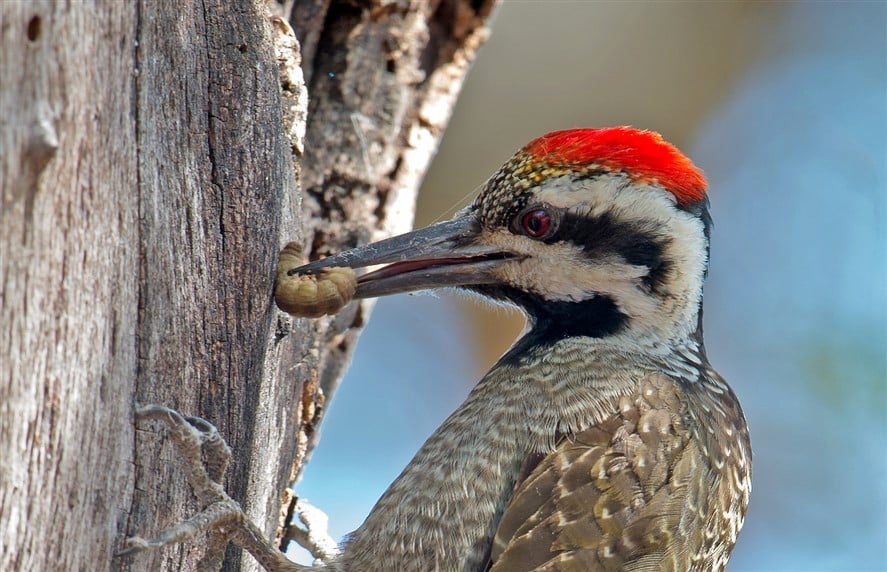Going on an African Safari? Here are a few tips to help you take better and memorable photos during your Safari.
Tip 1: Wildlife
When taking close-up photographs of game you should focus on the animal's eyes. This guarantees that most of the animal's face will be in focus. Be always prepared and have your camera ready, as animals may suddenly appear and disappear just as quickly.
Range your subject. For example, when taking photos of an Elephant, take a portrait shot; include one more with the general habitat in context to the subject, then another with close-up detail, such as horns and face.


Tip 2: Educate yourself on the animals you are going to be photographing
Reading up on animal behavior you will learn the distinct type of terrain various animals prefer, which provides an opportunity to predict their actions. Moreover, you will have a better chance of finding them. Combining that knowledge with that of your qualified guide makes the best African game drives and bush walks, where you will have the chance to take amazing photos.
Tip 3: Safety and Security
Security is particularly important, please ensure that you do not put yourself in danger and be courteous. Also never interfere with the natural behavior of the animals to take a better photo!

Tip 4: Accessories
If you plan to buy new camera equipment before this trip, make sure you are completely familiar with its operation.
Tip 5: Protection and Insurance
Vibrations from the transportation vehicles engine and corrugated roads can play havoc with your camera, be sure to pack it well. Accidents happen, it is common to drop your camera in or out of the vehicle and even amid capturing moments. On some trips, you are on board boats and chances are you and your gear may take a swim. Insure your equipment. A homeowner’s policy will usually cover camera gear.

Tip 6: Cultural interaction
Some trips will involve meeting people from local tribes and with cultural backgrounds different from yours. Please be considerate when taking pictures. Rule of thumb-build rapport with your subjects first and then ask them if it is OK to take a photo of them. Tribal folk can be very suspicious of cameras and vocal and demonstrative with people who shoot first and make friends after.

Tip 7: Picture-Taking Advice
Do not let your camera blind you. There is an entire world out there and pictures only capture the images. The sights and sounds of these undeveloped areas are all interwoven, and if you spend an inordinate amount of time peeking through the viewfinder you will miss most of the trip. Be always ready with your camera. Animals do not keep appointments; kills happen in a flurry of fur and snarls; and leopards leap from trees in a split second.
If your camera is not ready you will miss the award-winning shot. It is a good idea to ask everyone to be still for just a moment, while you shoot, and thank them afterwards. Please remember not to monopolize the best spot for photos and to be considerate of your fellow trip members' needs and wishes.

Tip 8: Binoculars
Binoculars are strongly recommended for every trip member. They are invaluable for observing larger animals as well as birds. A 7 or 8 power binocular works well for most people, but if you are particularly interested in birds a 10 power is best.

We recommend that each trip participant bring his or her own pair, as it is most frustrating to strain for the sight of a brightly colored bird high in the tree, while waiting to borrow a pair of 'Bino's, only to have the bird fly away when you finally have them.
Take lots of photos and make the most of these moments. Happy snapping!

.png?width=203&height=146&name=GTC%20LOGO-01%20(1).png)
SUBMIT YOUR COMMENT